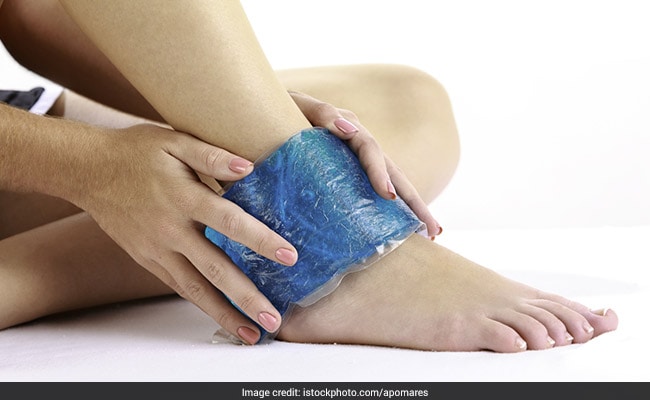Heating pads and ice packs do not work for the same ailments. Check here.

Heating pads and ice packs do not work for the same ailments
HIGHLIGHTS
- Heating pads and ice packs do not work for the same ailments
- If you experience pain post-workout, you must go for an ice treatment
- In case of arthritis, you can alternate both treatments
When it comes to choosing a handy and quick technique for pain relief, you choose either an ice pack or a heating pad. But which one is a better option? The two are completely different treatments and are effective for particular ailments. Yes, heating pads and ice packs do not work for the same ailments. Typically, ice treatment is used for acute injuries. It reduces swelling around the injury, bleeding into the tissue, muscle spasms and pain. However, heat treatments are used for reducing discomfort caused by chronic ailments. It works by loosening the tissues and improving blood circulation to the affected area.
Also read: 4 Basic First Aid Procedures Everyone Must Know
We have compiled a list of the 6 most common forms of pain and which treatment would be ideal for them, heat or ice.
1. Back pain
For chronic back pain, you may think that taking a warm bath would be comforting. But that just leads to inflammation. Instead, you must opt for an ice-pack. Experts say that applying an ice pack on the affected area for two to three days can reduce inflammation and pain. However, if you are dealing with chronic back pain, a heating pad would be a better treatment.
2. Menstrual cramps
Menstrual pains can be anything from mild to severe. Medication is not recommended for them. But there is one way of relaxing the muscles of your uterus and improving blood flow in that area, application of a heating pad. You could also try taking a warm water bath for relief.

Photo Credit: iStock
3. Joint pain
Before you proceed to involve in rigorous workout, you must heat up your knees and elbows. This is because the joints need to warm up before starting any form of severe workout. However, if you experience pain post-workout, you must go for an ice treatment. Do this right after workout but not for more than 20 minutes. Using a heat treatment can lead to muscles soreness and even swelling.
4. Sprained ankle
This one is pretty common. Typically, people recommend a heat treatment when your sprain an ankle. But here's an eye-opener, heating treatment for sprains worsen inflammation. However, an ice treatment reduces the swelling and inflammation and control the discomfort by numbing the affected area.
Also read: Here's How You Can Deal With A Sprained Ankle Or Injured Knee At Home
5. Arthritis
So which one would be more effective for arthritis, heat, ice or both?
In case of arthritis, you can alternate both treatments. Heat can help in loosening the muscles and in improving blood flow to the affected area. Ice, on the other hand, can help in reducing inflammation and numbing the affected area. To begin with, you can try alternating both the treatments and over time figure out what combination of the two works best for you.
6. Torn ligament
For a torn ligament, use ice treatment not heat. You can apply an ice pack or go for an ice bath for fifteen minutes after every two to three hours for the first 36 hours. Ice helps in limiting blood flow to the injured area thereby controlling swelling and inflammation. Using heat during this stage can worsen swelling.
DoctorNDTV is the one stop site for all your health needs providing the most credible health information, health news and tips with expert advice on healthy living, diet plans, informative videos etc. You can get the most relevant and accurate info you need about health problems like diabetes, cancer, pregnancy, HIV and AIDS, weight loss and many other lifestyle diseases. We have a panel of over 350 experts who help us develop content by giving their valuable inputs and bringing to us the latest in the world of healthcare.
















